LATVIJA.FM
Riga as a Hanseatic Trade Hub
Long before it became known for its Art Nouveau facades or its spirited cultural revival, Riga was a city defined by trade. In the heart of the medieval Baltic world, Riga rose to prominence as a Hanseatic port—an integral link in a vast network of commerce, diplomacy, and urban development that spanned Northern Europe. The scent of exotic spices, the clatter of merchant carts, and the creak of masts lined its cobbled quays. Here, between the waters of the Daugava River and the ambitions of enterprising townsmen, Riga became more than just a city: it became a cosmopolitan crossroads where Germanic order met Baltic opportunity, and where trade catalyzed culture, architecture, and power. The echoes of that bustling Hanseatic past still shape Riga’s historic core, whispering stories from behind ancient warehouse doors and guildhalls once vibrant with negotiation.
The Birth of a Baltic Powerhouse
Riga's foundation in 1201 by Bishop Albert of Bremen marked more than a religious conquest; it was a calculated move to seize control of trade routes along the Daugava River. Long used by Vikings, Baltic tribes, and Rus merchants, the Daugava provided a direct artery into the interior of Russia, connecting the Baltic Sea to the riches of the East. Albert’s military-religious order, the Livonian Brothers of the Sword, quickly established Riga as a stronghold, but it was commerce—not crusade—that would define the city’s future. By the 13th century, Riga's strategic importance drew the attention of the powerful Hanseatic League.
Riga Joins the Hanseatic League
In the early 14th century, Riga officially became part of the Hanseatic League, a confederation of merchant cities stretching from Lübeck to Novgorod. This membership was more than ceremonial—it linked Riga to a tightly regulated economic system that ensured access to goods, protection for ships, and legal privileges across the League’s territories. Riga’s merchants gained influence in the League’s councils, and the city flourished as an entrepôt where western goods met eastern demand. Grain, flax, wax, timber, and furs flowed out of the Baltic interior, while cloth, salt, wine, and luxury items arrived from Germany and beyond.
The Guilds: Guardians of Trade and Tradition
Commerce in Hanseatic Riga was not an anarchic free-for-all—it was managed with almost bureaucratic precision by powerful guilds. The Large Guild (Lielā Ģilde), founded by German merchants, regulated international trade, maintained warehouses, and resolved disputes. The Small Guild (Mazā Ģilde) gathered the city’s artisans and craftsmen, ensuring quality and fair practice. These guilds were not merely economic institutions—they were cultural and social centers as well, maintaining strict hierarchies, organizing festivals, and even sponsoring architectural works that still grace Old Riga. Their influence gave Riga a sense of cohesion and identity that endured even after Hanseatic influence waned.
Architecture as a Testament to Commerce
Riga’s Hanseatic past is etched into its skyline. The medieval storehouses along Mārstaļu iela and Vecpilsēta still bear the gabled facades and hoist beams of a trading city, while the House of the Blackheads—an architectural gem rebuilt after WWII—was originally home to a guild of unmarried foreign merchants. The layout of Old Riga, with its irregular streets winding toward the docks, reflects the city’s evolution around commercial needs. Even today, one can trace the footsteps of wool merchants and barrel-makers beneath the cobblestones, where every corner once held the promise of a profitable exchange.
Rivalries and Rebellions: The Price of Prosperity
With great wealth came great tension. Riga’s German merchant elite often clashed with local Livonian and Latvian interests, as well as with external powers vying for dominance in the Baltic—be it Poland-Lithuania, Sweden, or Russia. Riga’s position in the Hanseatic League allowed it a degree of independence, but it also attracted unwanted attention. In the 16th century, during the Reformation and the decline of the League, Riga began to loosen its Germanic grip and assert a more autonomous civic identity. Still, the seeds planted by centuries of Hanseatic influence continued to shape its political and economic ethos.
An Enduring Legacy
Though the Hanseatic League eventually dissolved, Riga’s Hanseatic heritage left a deep and lasting mark. The city's legal traditions, merchant culture, and urban character are all products of its Hanseatic era. Even today, Riga celebrates this legacy through festivals, museum exhibitions, and international partnerships with other former League cities. As a member of the Modern Hanseatic League, Riga continues to promote its medieval identity, not as a relic of the past, but as a living tradition—proof that the rhythms of ancient trade still echo through the city’s narrow alleys and wide plazas.
